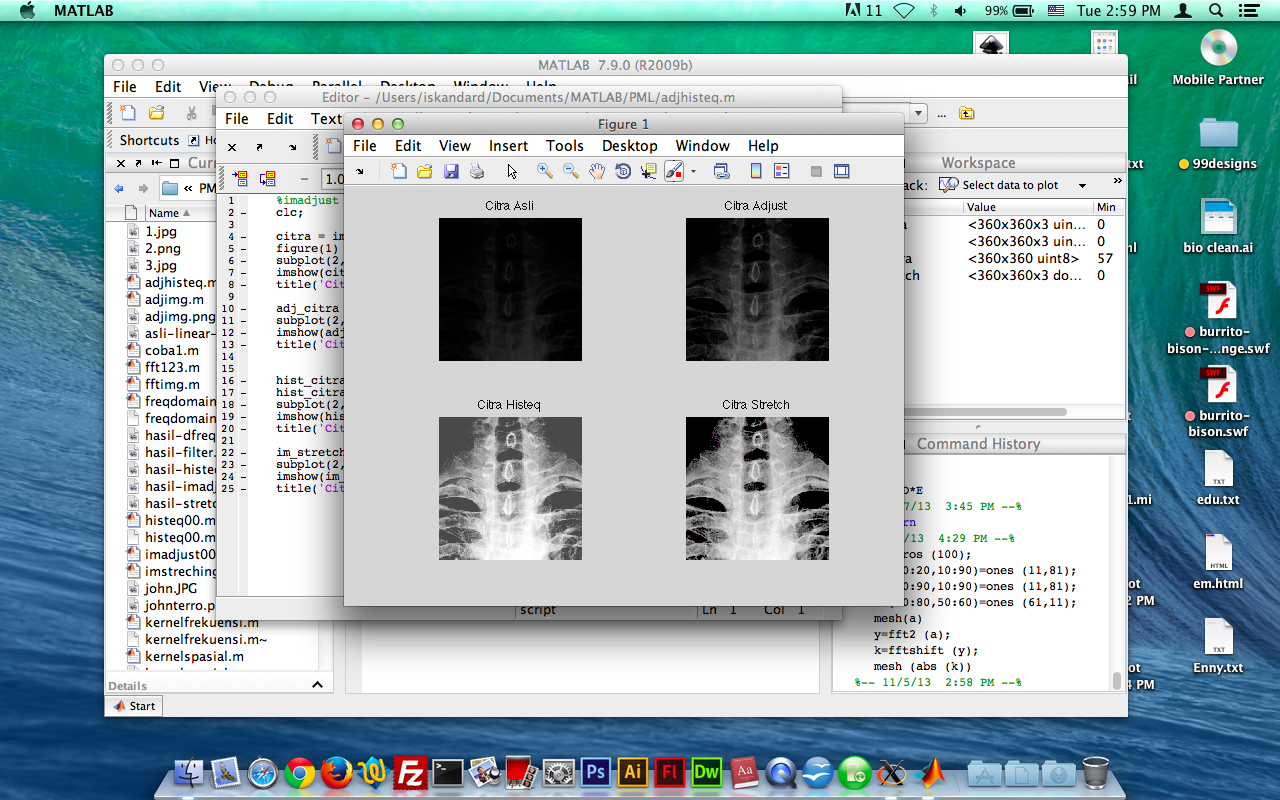
It's very stable & really does almost everything Illustrator does, only it's WAY better because it's Open Source & totally FREE. Making the above changes took about half an hour & now Inkscape.
USING INKSCAPE FOR MAC MAC
Just Google "Inkscape Mac GTK themes & toolsets".
USING INKSCAPE FOR MAC HOW TO
There are several sites that show you how to do this. I upgraded the butt-ugly Inkscape Windoze GUI theme to a snazzy dark grey GTK theme & tool set, which makes it look & almost like native Mac software. I makes my workflow much smoother & more efficient. This means I can use Inkscape without constantly stumbling around the keyboard. I altered the XQuartz (X11) keyboard commands to use the Command key instead of the Control key. 91 runs almost like a native Mac app-once I made two changes:ġ. Inkscape was always awkward on a Mac because it used X11 & Windoze key commands & the clunky Windoze interface.īut now Inkscape. once you have the file (a shell script) open in the text editor, go to line 32.I've been waiting for the promised Inkscape Mac native version for years, ever since Adobe bought & killed Freehand because Illustrator couldn't compete with it.in 'Contents > Resources > bin' open the file 'inkscape' in a plain-text editor (use drag&drop for example, or 'Open with…' from the context menu).within the package contents, browse to 'Contents > Resources > bin'.select 'Inkscape', open the context menu (with the right mouse button or 'Ctrl+mouse button' for single-button mouse or 'Ctrl+tap' with the trackpad) and choose the entry 'Show Package Contents'.Ink/Stitch aims to be a full-fledged, cross-platform embroidery digitizing platform based entirely on free, open-source software. Open a new Finder window and browse to the directory where you installed Inkscape to (most likely '/Applications'). An open-source machine embroidery design platform based on Inkscape. It can be used to create or edit vector graphics such as illustrations, logos, and line art.
USING INKSCAPE FOR MAC MAC OS X
1 The last version of Mac OS X to support PowerPC (PPC) Macs (< 2006) was Mac OS X 10.5 Leopard, but the Inkscape project no longer provides packages for PPC-based Macs. To quote the steps posted on the YouTube page: The 64bit package of Inkscape 0.91 was compiled on Mac OS X 10.7.5, and supports running on Mac OS X 10.7 and later versions. Here's the YouTube video tutorial I followed: Just last week, I finally decided to figure out how hard it'd be to fix it and.it's actually incredibly easy. The Extensions haven't been working out-of-the-box on OSX for quite a while. 圎rror: Document is empty, line 1, column 1 Traceback (most recent call last):įile "/opt/local/share/inkscape/extensions/inkex.py", line 211, in affectįile "/opt/local/share/inkscape/extensions/inkex.py", line 139, in parseįile "", line 3201, in (src/lxml/:65033)įile "parser.pxi", line 1593, in lxml.etree._parseDocument (src/lxml/:93438)įile "parser.pxi", line 1624, in lxml.etree._parseFilelikeDocument (src/lxml /:93781)įile "parser.pxi", line 1506, in lxml.etree._parseDocFromFilelike (src/lxml/:92636)įile "parser.pxi", line 1069, in lxml.etree._BaseParser._parseDocFromFilelike (src/lxml/:89658)įile "parser.pxi", line 577, in lxml.etree._ParserContext._handleParseResultDoc (src/lxml/:84831)įile "parser.pxi", line 676, in lxml.etree._handleParseResult (src/lxml/:85936)įile "parser.pxi", line 616, in lxml.etree._raiseParseError (src/lxml/:85258)

I have Mac OS 10.7 running on an ageing macbook. Well now I go to use the extrude tool and I get a new error message, any thoughts? So I uninstalled inkscape and reinstalled it using macports, thinking that that would ensure I had all of the dependencies. I installed Inkscape from the website and I got a message about needing lxml for python, apparently that's a common problem for macs running inkscape.

However, Inkscapes tools and user experience falls short in most areas, especially on macOS. Anyway, I'm trying to use the Extrude extension. It is primarily used for designing simple vector projects. I'm trying to use Inkscape to create "pseudo-cylinders", pseudo because really the ends are 10 sided polygons.


 0 kommentar(er)
0 kommentar(er)
